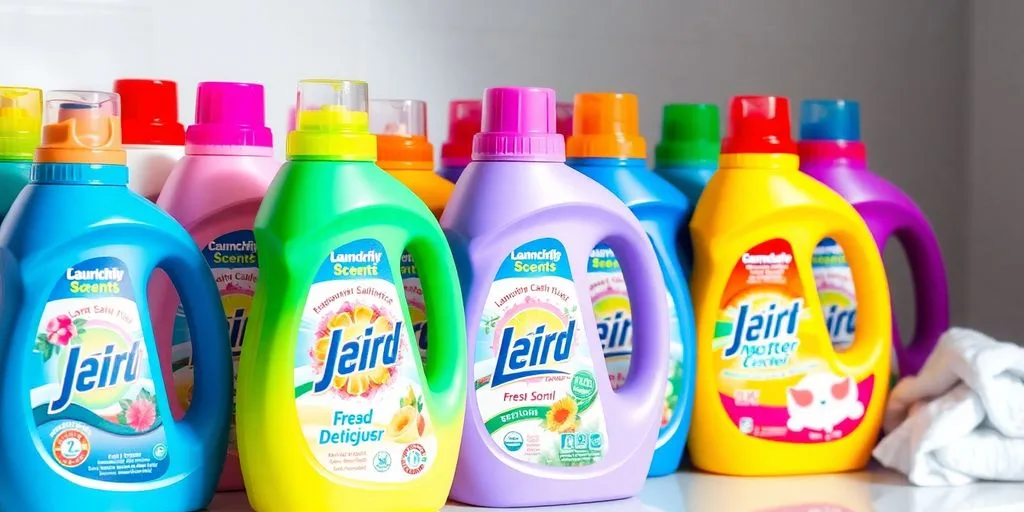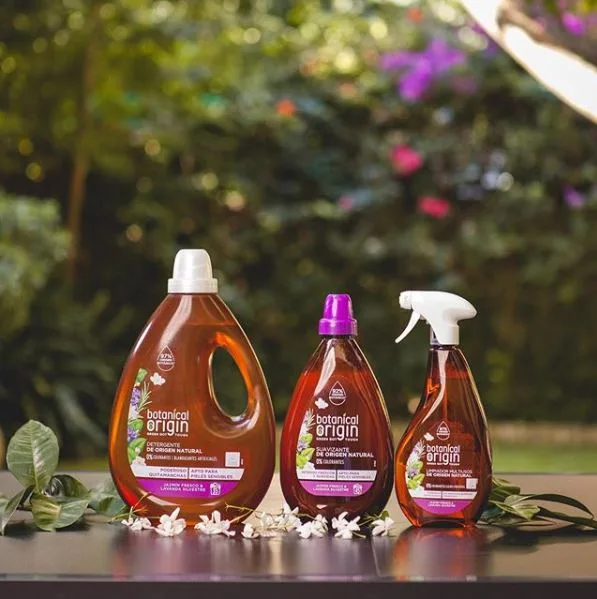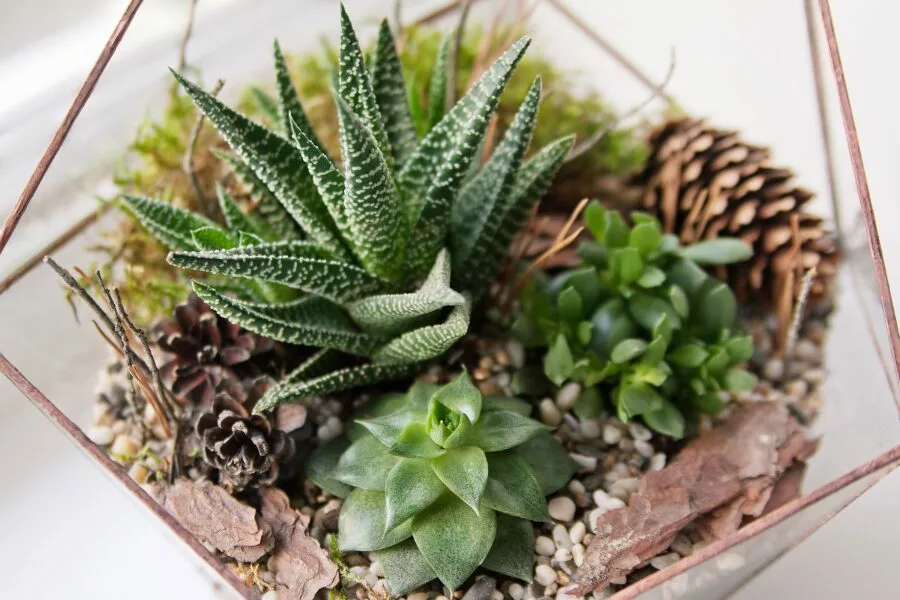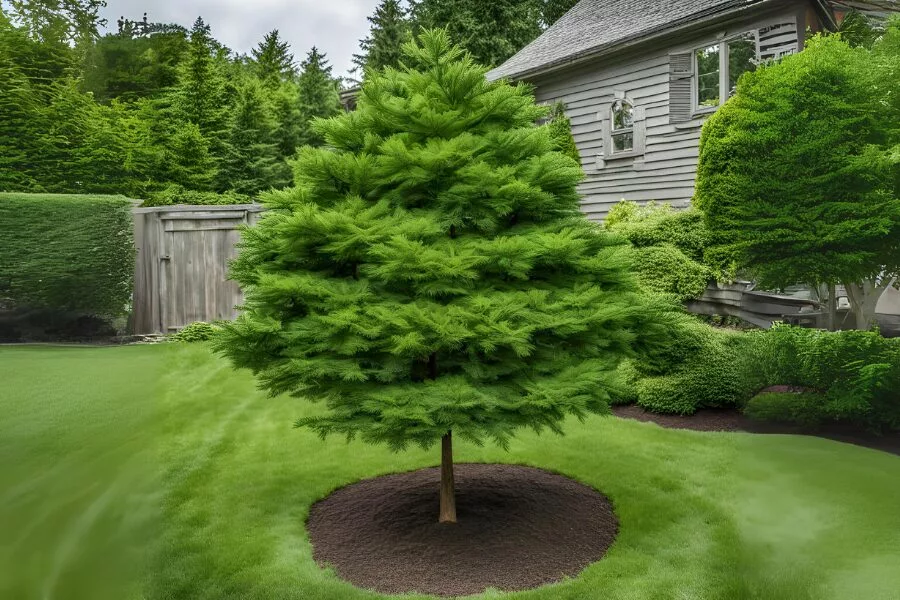Dill companion planting is a strategic approach in gardening that leverages the natural benefits of dill to enhance garden health and productivity. This method not only improves the growth and flavor of various plants but also plays a crucial role in sustainable gardening practices.

The Advantages of Choosing Dill for Companion Planting
Dill is not just a culinary herb; it’s a powerhouse in the world of companion planting, offering a multitude of benefits that make it a top choice for gardeners. One of the primary advantages of dill is its ability to attract beneficial insects. These insects, such as ladybugs and lacewings, are natural predators of many common garden pests like aphids and mites. By drawing these beneficial insects to your garden, dill helps establish a natural defense system, reducing the need for chemical pesticides.
Moreover, dill has a unique ability to enhance the growth and flavor of various neighboring plants. This is particularly noticeable in vegetables like lettuce and cabbage, where dill’s proximity has been observed to result in more robust growth and enhanced flavors. This attribute makes dill not just a companion plant but a catalyst for improving the overall quality and yield of your garden produce.
The presence of dill can also improve the aesthetic appeal of your garden. Its tall, feathery fronds add texture and visual interest, creating a more diverse and attractive landscape. Additionally, dill’s flowers attract pollinators such as bees and butterflies, contributing to the health of your garden’s ecosystem.
Furthermore, dill’s deep roots are beneficial for the soil. They help in aerating the earth and facilitating deeper penetration of water and nutrients. This root system can also bring up nutrients from deeper layers of the soil, making them available to shallower-rooted plants nearby.
Understanding Plant Relationships in Dill Companion Planting
At the heart of companion planting lies the intricate and often fascinating relationships between different plant species. Dill is a prime example of a plant that forms symbiotic relationships with certain other plants, providing mutual benefits. For instance, when planted alongside cabbages and onions, dill enhances their growth by repelling common pests that would otherwise harm these crops. This natural pest control is not only effective but also eliminates the need for harmful chemical interventions.
The relationship between dill and its companions goes beyond pest control. Dill can also improve the overall growing conditions for its neighbors. For example, the scent of dill is believed to deter pests that target carrots, while its flowers attract beneficial insects that prey on carrot flies. This creates a safer and more conducive environment for the carrots to thrive.
Additionally, dill’s compatibility with certain plants can be attributed to its minimal competition for resources. Dill generally does not compete aggressively for nutrients, water, or sunlight, making it an ideal companion that doesn’t hinder the growth of plants around it.
Understanding these relationships is crucial for successful companion planting. It involves recognizing which plants can mutually benefit each other and which combinations should be avoided. By leveraging these natural relationships, gardeners can create a more productive, healthy, and sustainable garden ecosystem.

Ideal Companion Plants for Dill and Their Benefits
- Lettuce: Benefits from dill’s pest-repelling properties, leading to healthier leaves.
- Onions: Dill enhances growth and provides natural pest defense.
- Cucumbers: Thrive with improved soil conditions and reduced pests thanks to dill.
- Cabbage: Gains growth enhancement and pest control from dill’s presence.
- Corn: Benefits from dill attracting beneficial predators to control pests.
- Brussels Sprouts: Enjoy improved growth and natural pest deterrence.
- Cauliflower: Grows better with dill’s pest control capabilities.
- Broccoli: Experiences enhanced growth and reduced pest issues.
- Swiss Chard: Benefits from dill’s soil improvement and pest control.
- Spinach: Thrives alongside dill due to improved growing conditions.
- Asparagus: Benefits from dill’s ability to attract beneficial insects.
- Eggplant: Grows healthier with dill’s pest-repelling properties.
- Potatoes: Experience fewer pest problems when grown near dill.
- Kale: Benefits from both pest control and growth enhancement.
- Artichokes: Thrive with dill’s pest control and soil improvement.
Also Read: Mastering Basil Companion Planting for a Sustainable Garden
Plants to Avoid Planting Near Dill and Reasons
- Carrots: Can be stunted due to dill’s allelopathic effects.
- Tomatoes: Dill can attract tomato hornworms, harmful to tomato plants.
- Bell Peppers: May experience growth issues due to dill’s strong influence.
- Lavender: Competes with dill for soil nutrients, hindering growth.
- Fennel: Can cross-pollinate with dill, leading to undesirable plant traits.
- Cilantro: May suffer from dill’s overpowering presence.
- Eggplants: In some cases, can be negatively affected by dill.
- Potatoes: Dill can sometimes adversely affect their growth.
- Peppers: Certain varieties may not thrive well near dill.
- Nasturtiums: Can be overwhelmed by dill’s growth and pest attraction.
- Mint: Competes with dill for space and nutrients.
- Rosemary: Does not share the same soil and water needs as dill.
- Sage: May be adversely affected by dill’s growth habits.
- Thyme: Prefers different growing conditions than dill.
- Basil: Can be overshadowed and outcompeted by dill.
Enhancing Nutrient Uptake and Soil Health with Dill
Dill’s deep root system plays a pivotal role in enhancing soil health and nutrient uptake. By loosening the soil, these roots facilitate better penetration of water and nutrients, benefiting neighboring plants. This improvement in soil structure, coupled with dill’s contribution to organic matter, significantly boosts soil fertility and health. In addition to soil benefits, dill is renowned for its natural pest control capabilities. Its ability to attract beneficial insects like ladybugs and lacewings helps maintain a balanced garden ecosystem. This natural defense mechanism reduces the reliance on chemical pesticides, promoting a healthier, more sustainable garden environment.
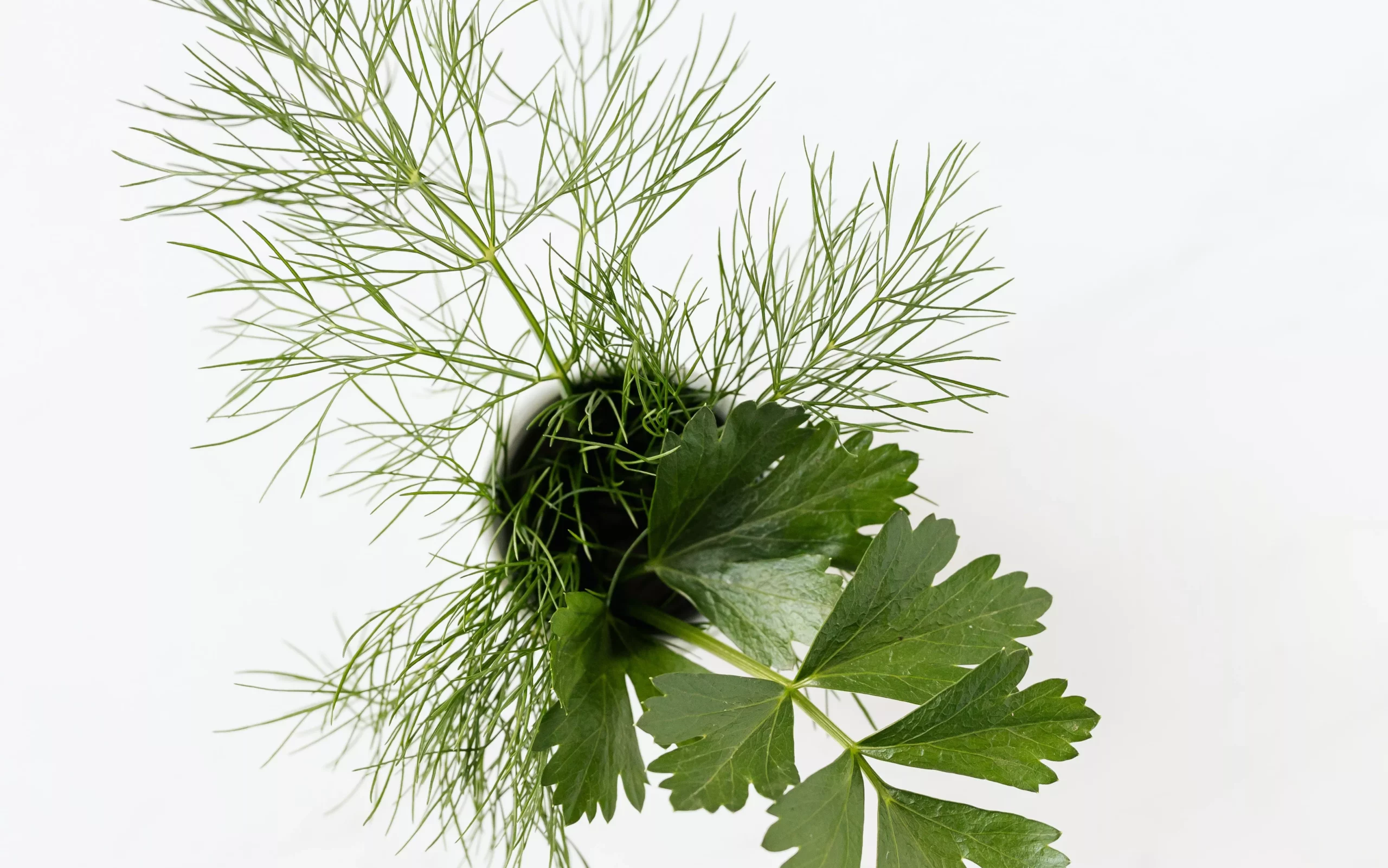
The Role of Dill in Crop Rotation for Soil Health
Incorporating dill into crop rotation is an effective strategy for maintaining soil health. Dill’s presence helps prevent soil-borne diseases and keeps the soil fertile and productive, making it an excellent crop in rotation schedules. To ensure successful dill companion planting, it’s essential to provide the right soil conditions. Dill thrives in well-drained, fertile soil, and creating such an environment is crucial for maximizing the benefits of companion planting. This involves careful consideration of soil type and conditioning to support dill’s growth and the health of its companion plants.
Also Read: Mastering Monstera 101: The Ultimate Guide
Effective Techniques for Dill Companion Planting
To fully harness the benefits of dill companion planting, gardeners should consider key factors such as plant spacing, watering, and sunlight exposure. Dill prefers sunny spots and regular watering, which are important considerations for garden layout and maintenance. Understanding the symbiotic relationships between dill and its companion plants is also vital. This synergy, where plants mutually benefit from each other’s presence, is the essence of successful companion planting. It involves recognizing which plants can enhance each other’s growth and which combinations to avoid for a thriving garden ecosystem.
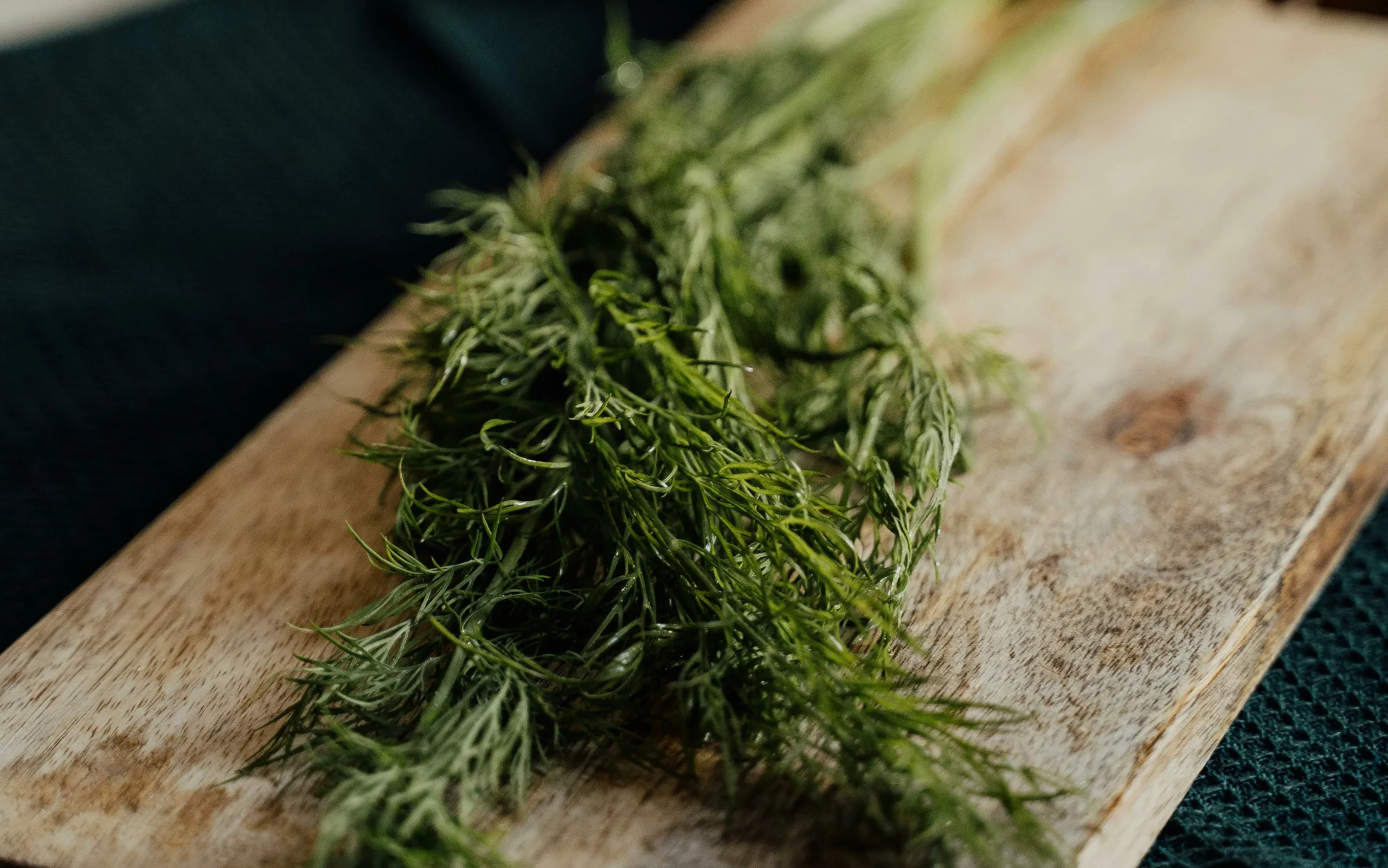
Creating the Ideal Growth Conditions for Dill
Creating the right conditions for dill and its companions involves ensuring adequate spacing, sufficient sunlight, and regular watering. These factors are crucial for promoting healthy growth and maximizing the benefits of companion planting. Dill companion planting is more than a mere gardening technique; it’s a journey into understanding the intricate relationships within nature. It’s about fostering a harmonious and sustainable garden ecosystem, where each plant contributes to the health and productivity of the whole.
Conclusion
Embracing dill companion planting is a step towards more sustainable and productive gardening. This eco-friendly approach benefits not just individual gardens but also contributes positively to the broader environment. By understanding and implementing dill companion planting, gardeners can create a more balanced, healthy, and productive garden ecosystem, aligning with the principles of sustainable gardening.
If you’re eager to delve deeper into the world of sustainable farming and gardening, don’t miss out on our Home & Lifestyle blogs!
FAQs
How can I successfully implement dill companion planting in my garden?
Start by choosing the right companions for dill, such as lettuce and onions, and avoid incompatible plants like carrots. Ensure good soil conditions and proper spacing for optimal growth.
What are some good companion plants for dill?
Good companions for dill include lettuce, onions, cucumbers, and cabbage. These plants benefit from dill’s pest-repelling properties and its ability to enhance soil health.
Are there any plants that should not be planted together with dill?
Yes, avoid planting dill near carrots and tomatoes, as it can hinder their growth and attract pests that are harmful to them. 4- How does dill companion planting contribute to a sustainable garden? Dill companion planting enhances biodiversity, promotes natural pest control, and improves soil health, making it a cornerstone of sustainable gardening practices.




